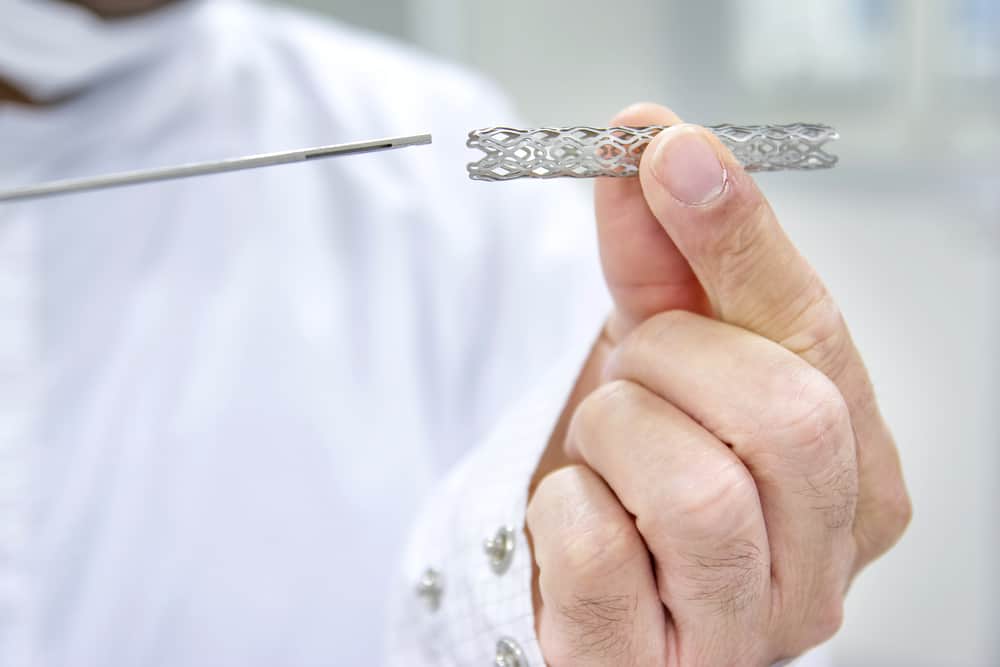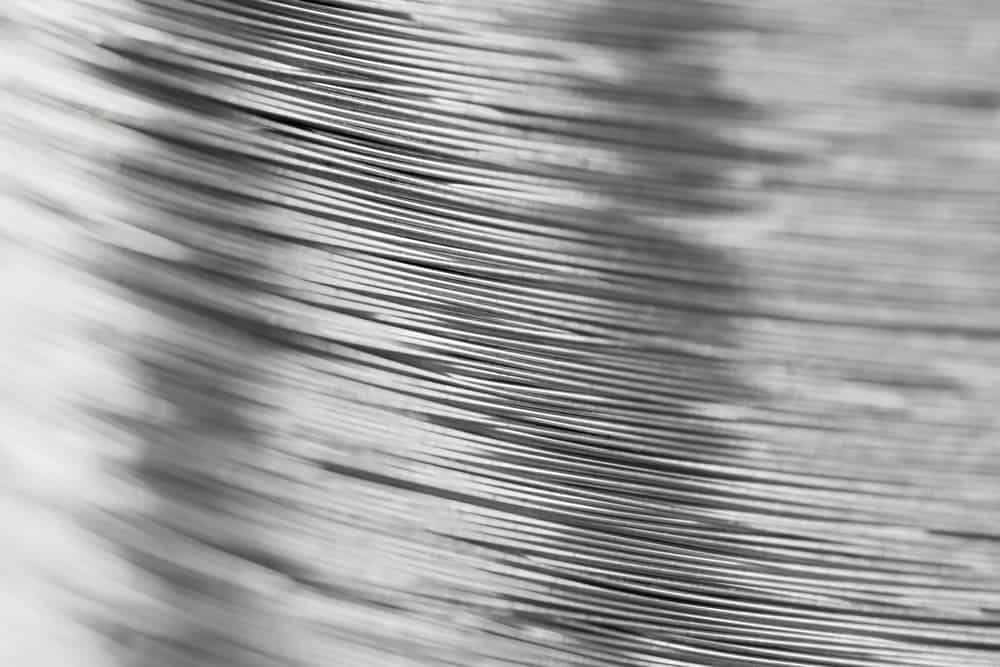Vascular Guidewire Coatings
Miller-Stephenson’s distinguished PTFE coatings are designed to withstand the stricken and narrow atherosclerotic vessels within the vasculature while maintaining the flexibility and durability that is needed for endovascular surgery. Wires come in several different geometries, lengths, diameters, alloy substrates and coating thicknesses to accommodate tortuous vascular anatomy. Our coatings are designed to fortify and encapsulate a vascular wire and provide stability, reliability and great adhesion to substrate materials. Stainless steel and nitinol are the typical alloys of choice when developing a vascular wire and therefore choosing from our 850g-1000 or our 850g-1025 can offer exceptional application results..
NITINOL WIRE COATING
Nitinol wires are common alloys that are regularly utilized in the medical industry for medical components. These alloys are temperature sensitive and cannot withstand the same intense heat of many current PTFE coatings on the market. This is where Miller-Stephenson offers our 850G-1000 coating that is ideal for low temperature alloys, while still maintaining the strength and durability of the substrate and coating. Our thin film 5-10 micron applications offer the customer the most robust and durable coating without interfering with specialty engineered wire features, like radioopaque marker bands. Our coatings are notoriously known to grip, adhere and conform to unusual geometrical alloy patterns, while still maintaining the radioopacity for intraoperative fluoroscopy.
Stainless Steel Wire Coating
All of Miller-Stephenson’s medical PTFE coatings are optimized and designed to bond and encapsulate over stainless steel wire, reducing the coefficient of friction while maintaining a durable robust coating layer. Stainless Steel is the most common alloy substrate material in the medical industry and is provided in various grades, all of which can be coated with our PTFE coatings.
Coating Application & Recommendations
All Miller-Stephenson’s Fluoropolymer coatings can be applied via spray, dip or spool-to-spool methods. Proper post-application curing equipment is critical to guarantee performance and durability. Acceptable curing equipment includes high-temperature ovens which can safely maintain temperatures of 246 °C (475 °F) or utilize IR ovens. This is to ensure proper sintering of the coatings onto the wire and promote the best surface characteristics that can be achieved.
LOOKING TO QUALIFY OR REPLACE AN EXISTING PTFE COATING?
Evaluate a new fluoropolymer coating here.
eVALUATION fORM
dont have the coating equipment or experience?
We offer our customers the ability to utilize the coating services of the most highly regarded medical coater in the United States. They provide strictly medical coating operations on some of the worlds most difficult geometrical device designs. This exceptional coating service is offered to any customer or OEM that does not have the ability to coat in-house or is looking to have a complete pre-coated turn-key solution product made and delivered..
COATING SERVICES
Have Questions?
Our team of professionals are here to help.
CONTACT US
Notwithstanding any express or implied indication to the contrary, product information provided on or via this website is supplied upon the condition that the persons receiving such information will make their own, independent determination as to a given product’s suitability for any contemplated purposes prior to use. In no event will Miller-Stephenson be responsible for damages of any nature whatsoever resulting from the use of, or reliance upon, information provided, directly or indirectly, on this website in relation to any product and/or application.





